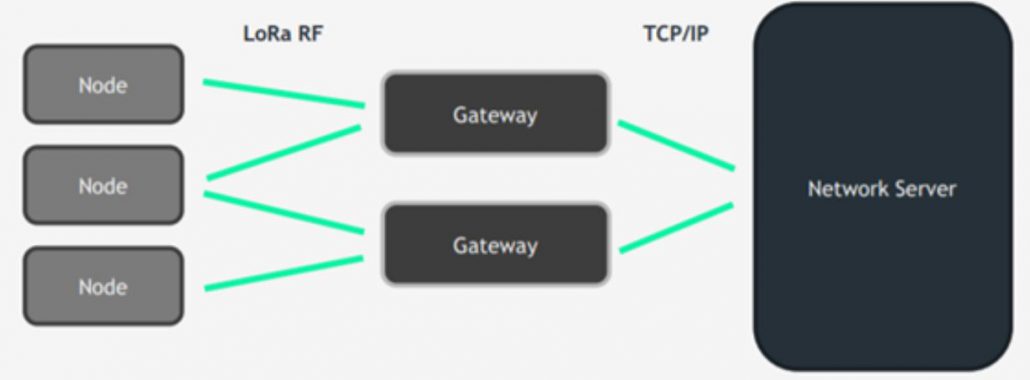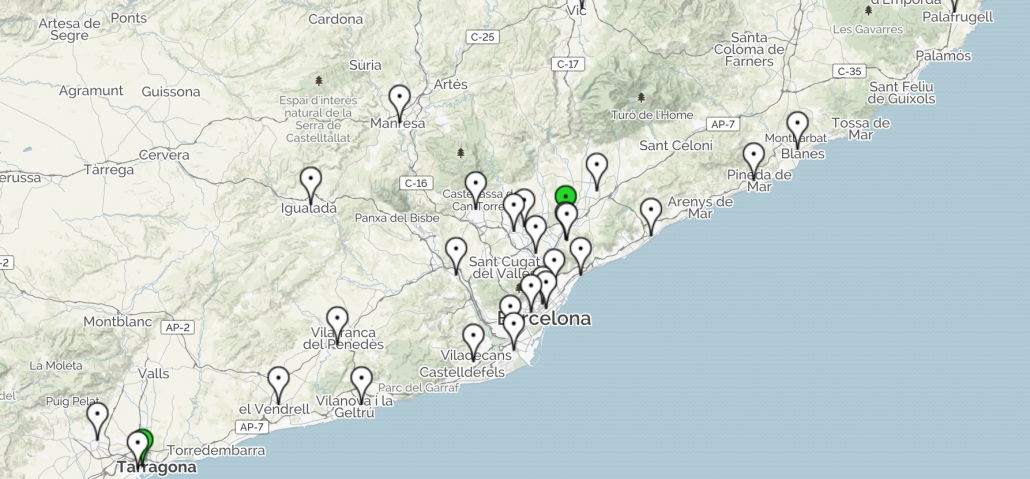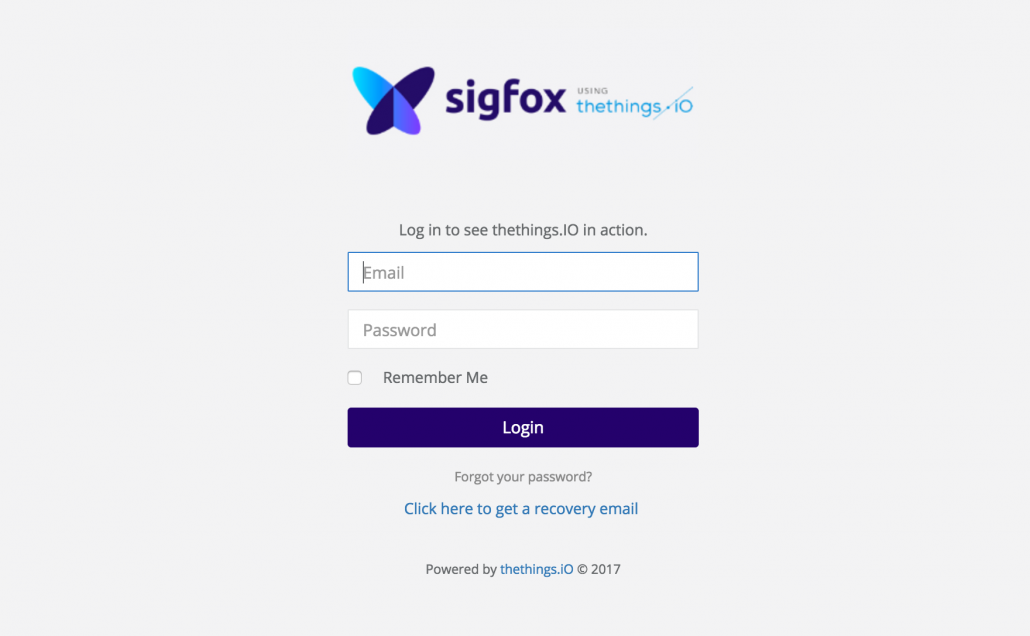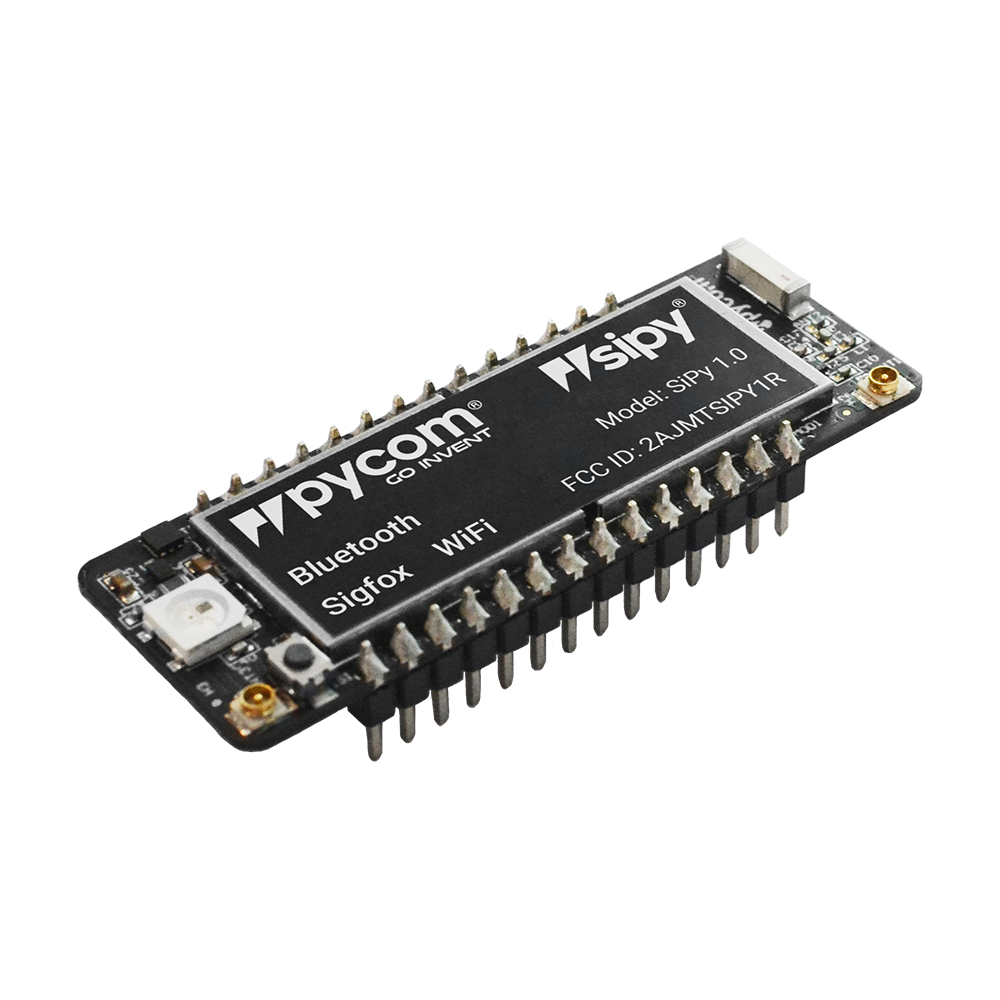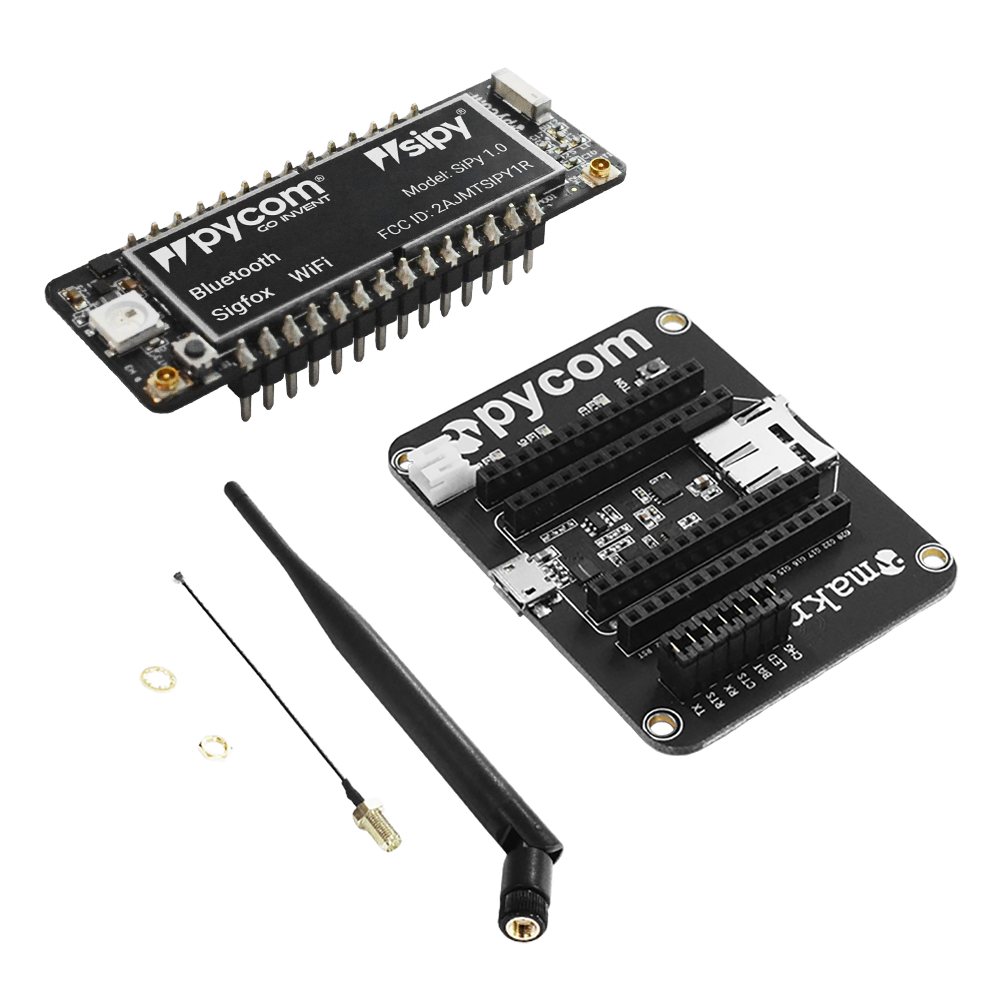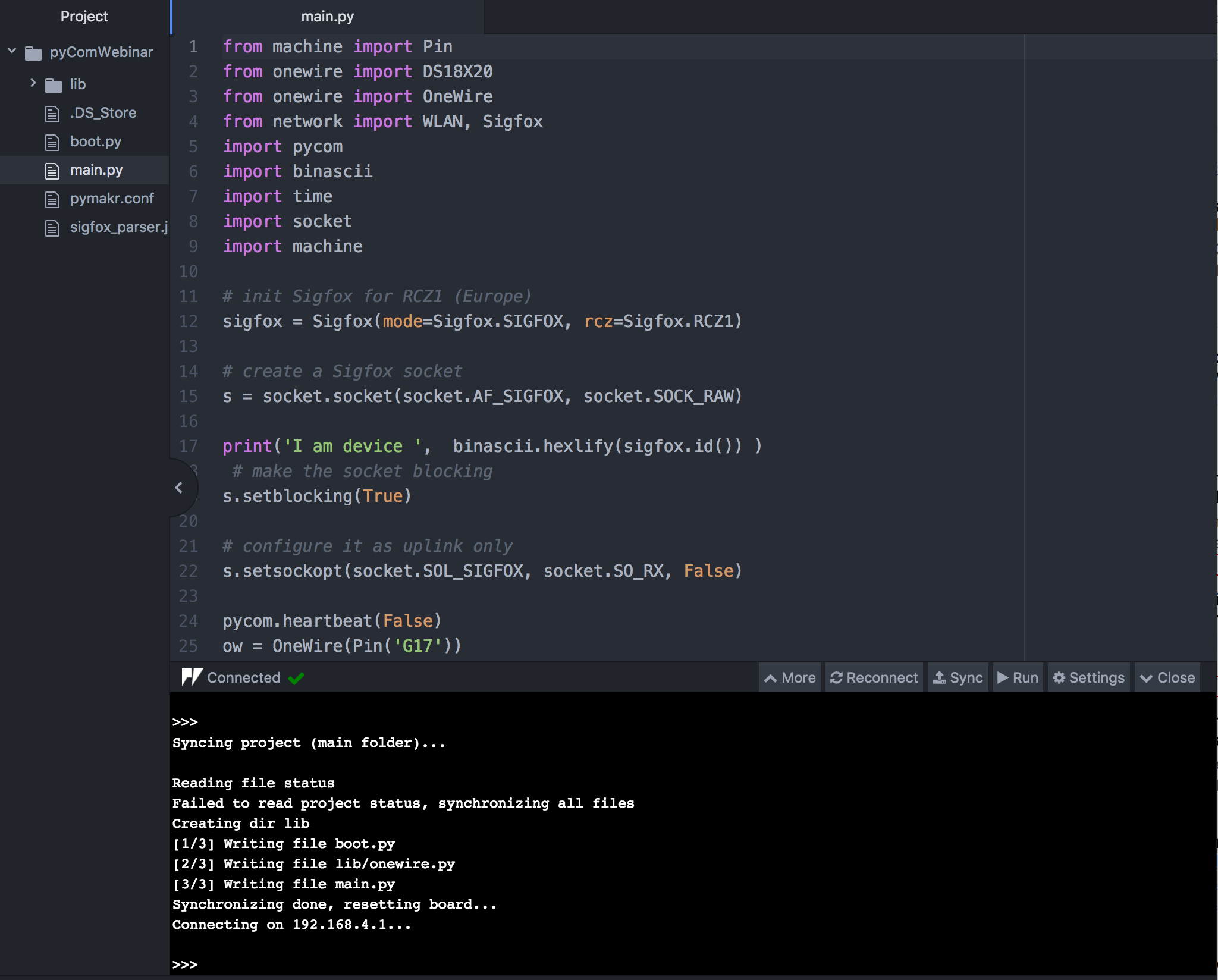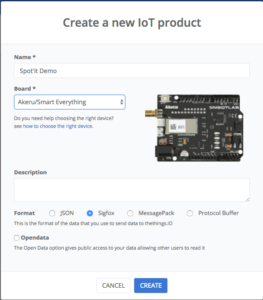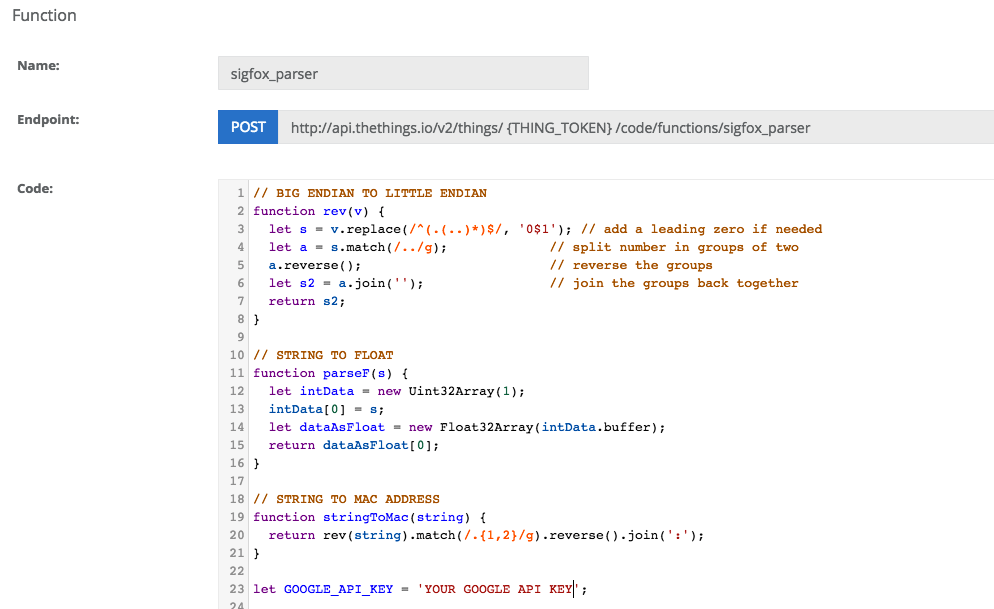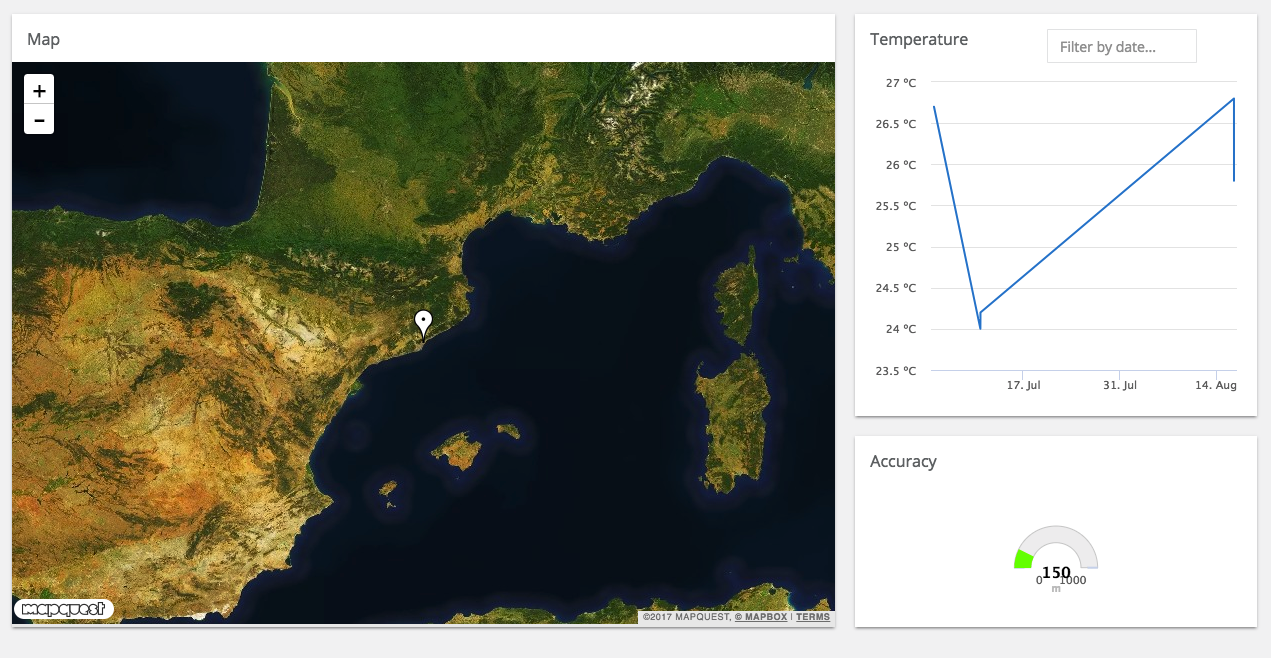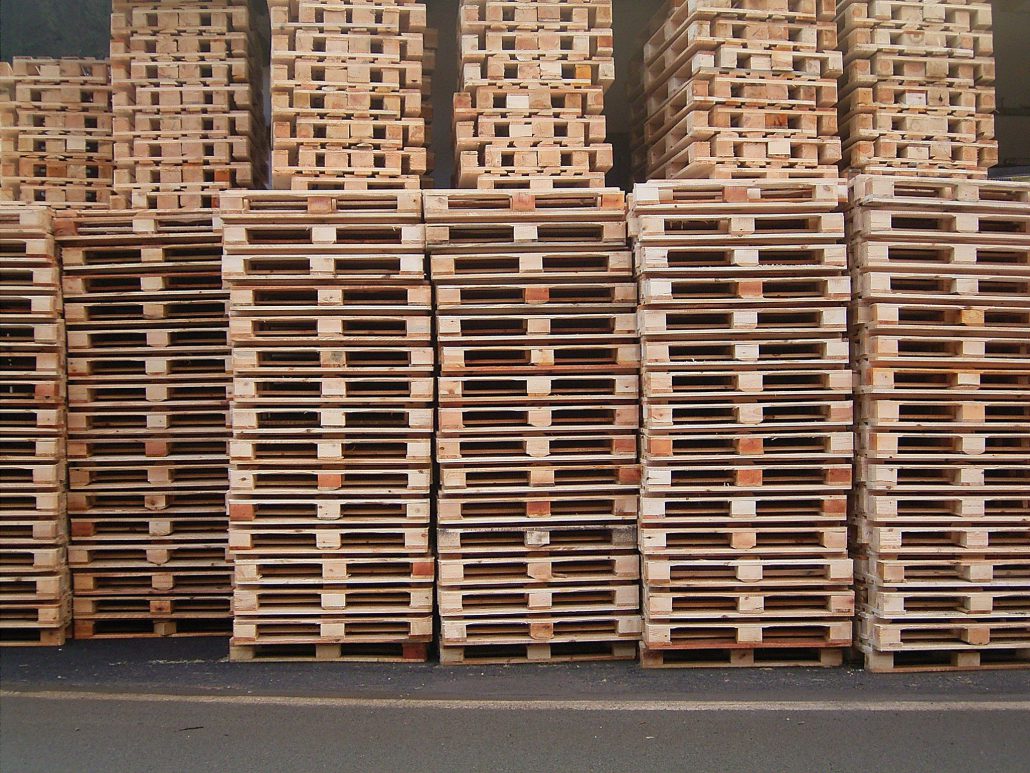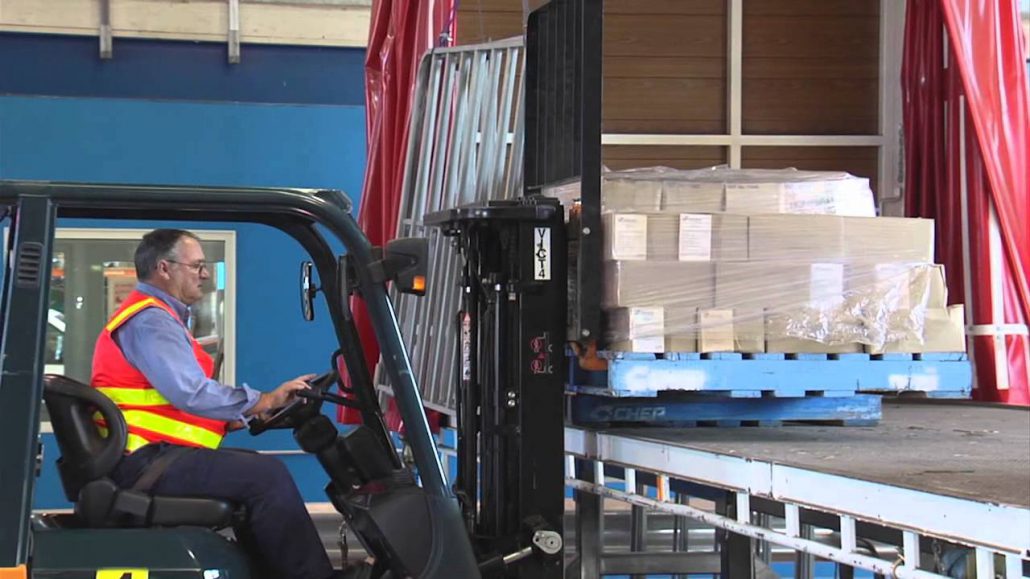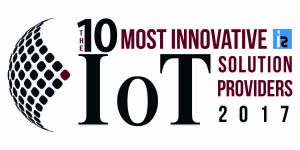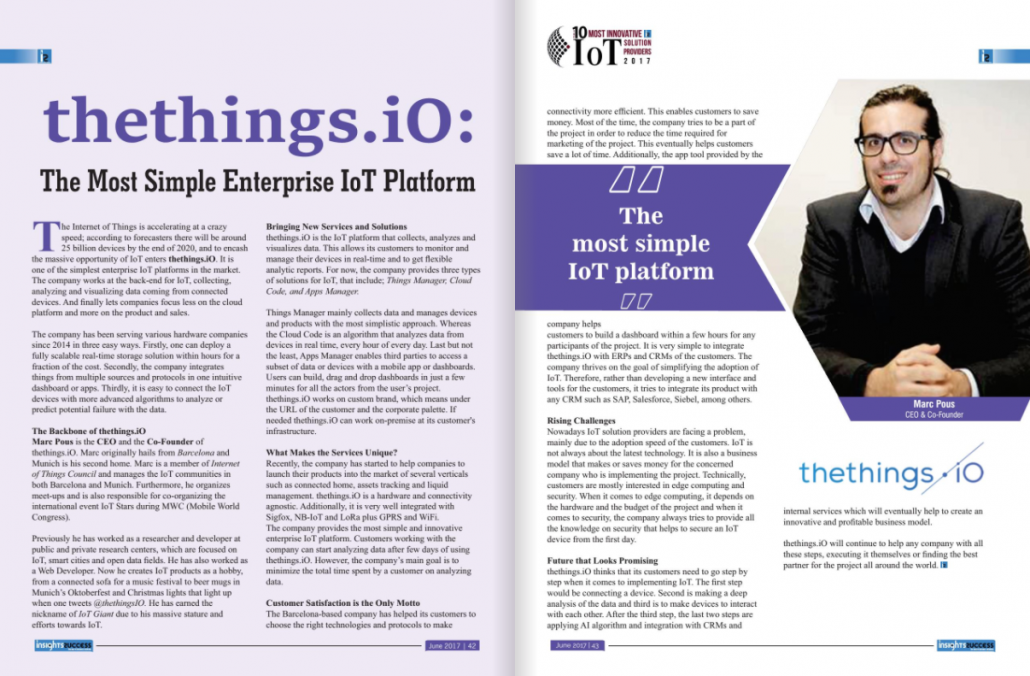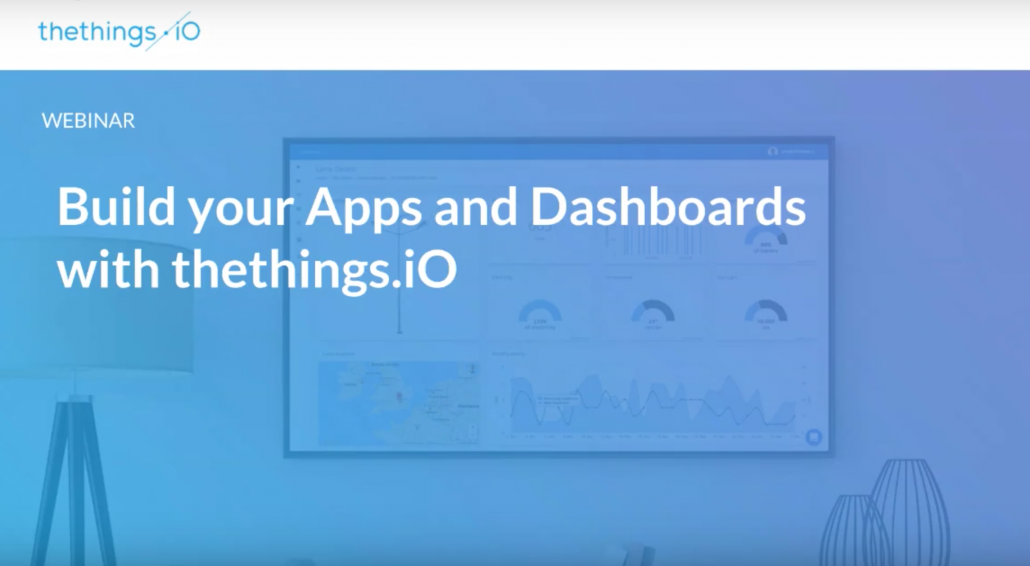3 Reasons to Start Tracking Your Assets on the Supply Chain with IoT
Let’s imagine, you are the operations VP of a company or even the country manager of a European company who needs to get profitability of the operations of your assets. How are you going to optimize the supply chain of your company? Nowadays the cost associated at the information from your supply chain is cost effectiveness. New technologies and networks are appearing into the market with the goal of making the supply chain a very optimized workflow with real-time information. Low power devices with trustable instruments are available in the market for a very interesting price that makes the supply chain a use case where the payback is less than one year.
This is what we are getting from our experience on the supply chain with thethings.iO. Our coldthings: The cold chain monitoring solution and trackthings: the supply chain tracking solution products and helping companies to optimize their cold chain and supply chain and getting the project profitable in less than one year. Does it make sense for your company?
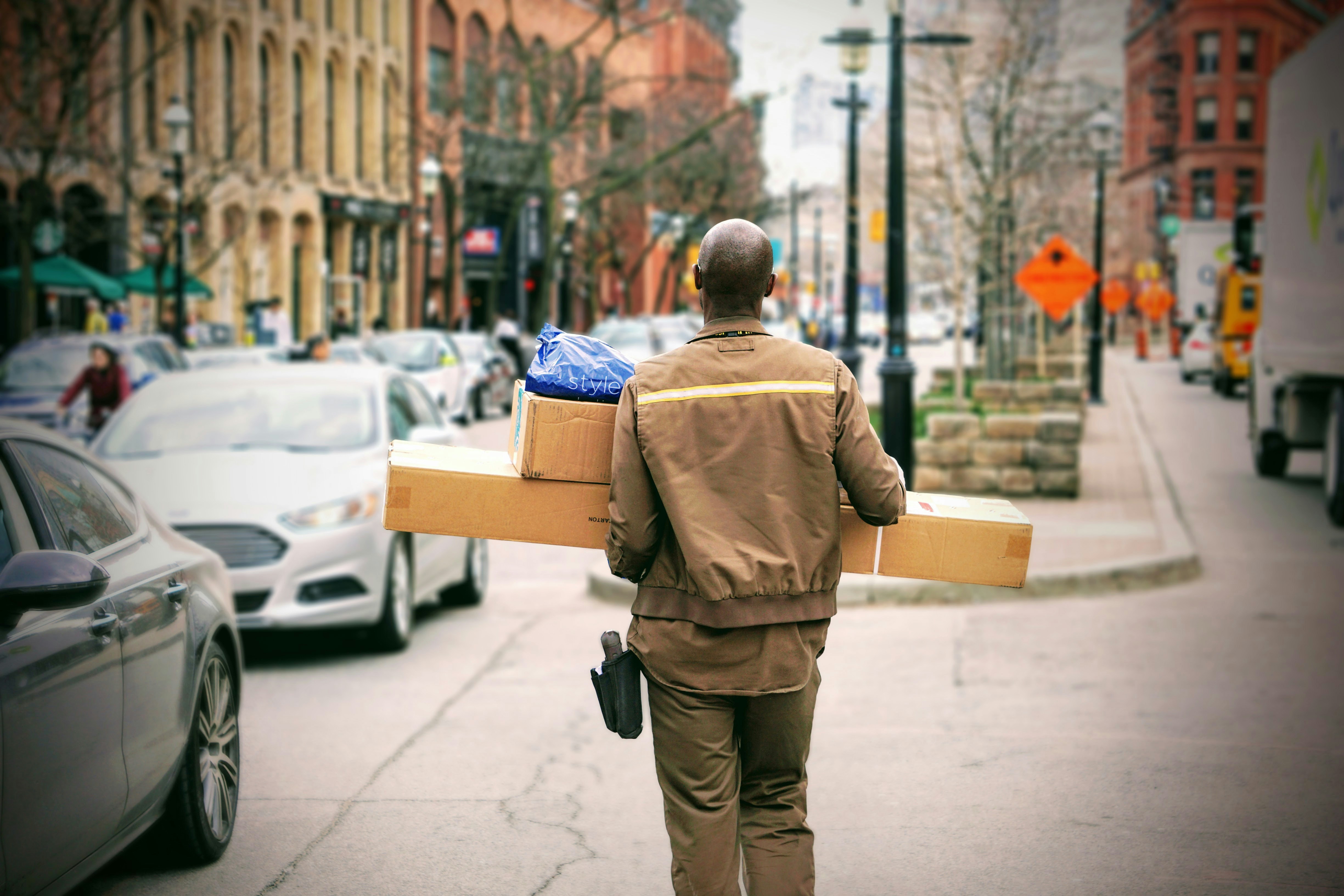
thethings.iO helping supply chains with IoT
The GPS tracking market is currently on the rise and continuing to expand from fleet management towards supply chain and similar use cases. The future of GPS (or non GPS) location trackers looks very promising with the new low power networks appearing in the market. The new trackers that are more trustable, low power and simple are making this expansion viable due the newest low cost connectivity models.
Meet here the 3 main reasons why your company should start tracking your assets on the supply chain investing on Internet of Things technology:
Always moving phylosophy
If your company owns trucks or vans can’t afford a parked or inactive fleet. Without reports that showcase real-time situation of the vehicles and what are they doing, the companies actually don’t have enough information to evaluate the profitableness of a vehicle. It’s important in the 21st century take quick decisions to optimize the workflows of your company. Don’t bring your company on a complex situation without data to take decisions.
The start up cost of location tracking services is very affordable today. At thethings.iO large up front costs are replaced with low fees (depending on your needs CAPEX or OPEX) that enables your companies to get correct data from the situation of your vehicles, if they are moving, parked, at your clients warehouse, following the proposed route, among others. Prices of location trackers have even dropped over the past years, which is one reason more and more businesses are investing in these tracking devices. In addition, the location trackers are becoming more technologically advanced as their prices drop. Different pricing structures are offered by thethings.iO so affordable and fair pricing can be offered to both small and large companies whom may track a few to thousands of assets.
Once you start tracking your supply chain, pallets or vehicles, as more data your collect more information and more data-driven decisions are your going to be able to take to improve the efficiency and productivity of your company. When the productivity of your pallets or vehicles improve it also increase the profitability of your business.
Automatization of the processes
This reason could belong to the Industry 4.0 but it is also applicable at the supply chain industry. The continuous movement of your vehicles and pallets makes complex to follow them, even on a thethings.iO beautiful dashboards under your own brand. The dashboards allow you and your customers to analyze the delivery data improving their satisfaction during the transit process. Nevertheless real-time or daily generated KPIs are much needed in order to get relevant information about the situation of your actives.
It is a must to maximize the hours of your workers and the solution of having vehicles or pallets generating perfect reports from all the supply chain it’s perfectly done through thethings.iO.
Simplicity
thethings.iO provides the most simple enterprise IoT platform. So we make it very simple to connect an end-to-end solution.
We do help companies to install the location trackers to delivery trucks, other vehicles, pallets, boxes or any other assets companies would like to track. The time to market is very easy and quick. Immediately our clients are able to visualize all the data from beautiful and customized dashboard to focus on delivering their customers the best products and experiences. And of course, they can configure their own dashboards for them or their clients in a really simple way. Finally they have the tools to apply business logics on the top of the data, enabling them to generate alarms or other notifications.
Our goal is to enable our clients with a tool which makes their business more trustable and efficient by their clients. The trackthings and coldthings by thethings.iO are essential tools for logistic companies that help them to improve the profitability of their vehicles and to bring assets to destination in perfect conditions. Don’t waste more time and try thethings.iO. Contact us here.


